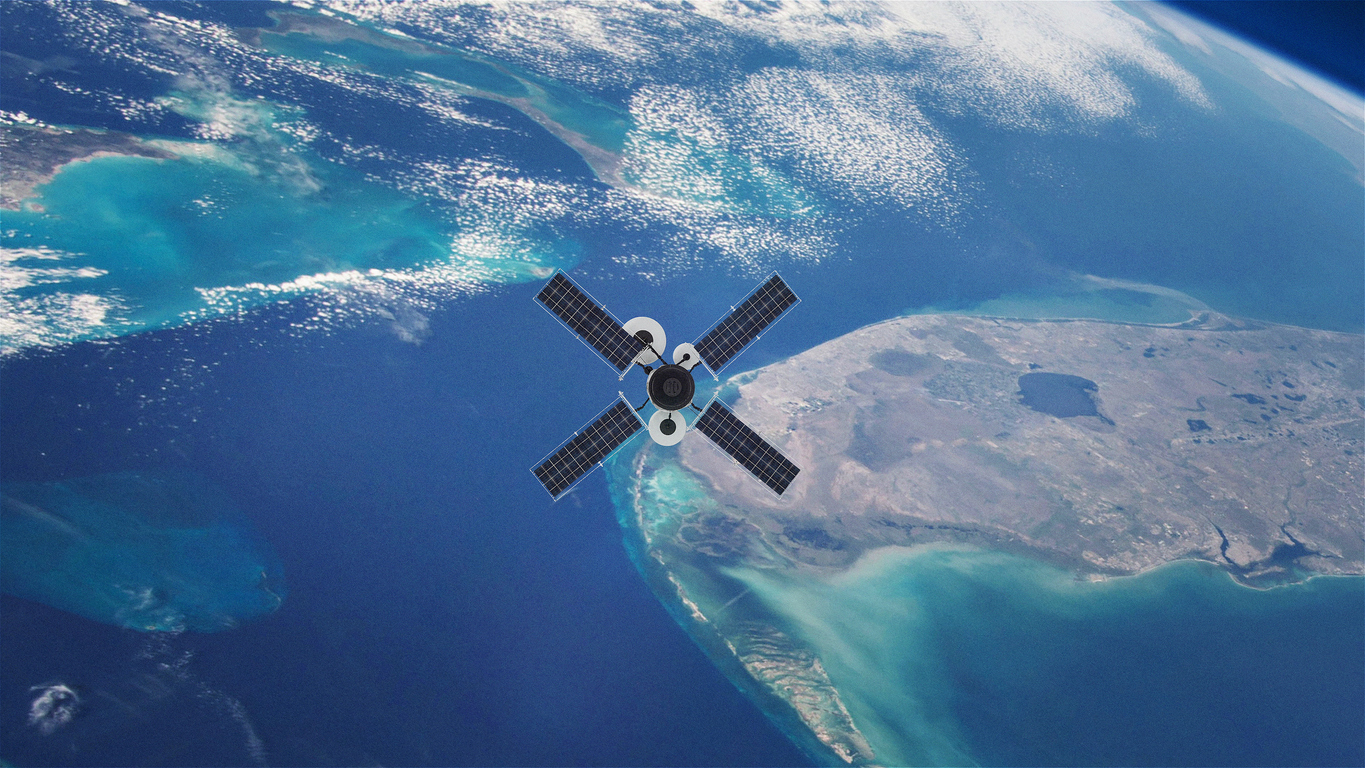Insurers are now analyzing satellite and drone imagery using artificial intelligence (AI) when conducting underwriting surveys of property. The images are scanned through AI to identify potential hazards or risks when deciding whether to insure or renew insurance on a property. Insurers can require the software to analyze the images to look for issues of roof condition, yard debris, undeclared pools/trampolines, overhanging trees and other criteria for underwriting purposes. Insurers claim that the imagery helps them price policies more accurately and avoid high-risk properties. But shouldn’t insurers consider other evidence other than simply relying upon an AI result?
A recent article, Insurance Company Drops San Diego Church’s Policy After Viewing Satellite Images, highlighted this issue of other evidence being ignored in favor of satellite imagery.
Sidney Buggs is the pastor at Greater Gospel Center Church of God in Christ. He was stunned when his insurance company GuideOne dropped the church’s policy because it said a satellite image showed wear and tear and broken shingles on the roof.
…
When Buggs first found out GuideOne dropped their policy, he contacted the solar company that installed solar on the church’s roof 6 years ago. The owner of the company sent GuideOne a letter telling the company his crews had walked the roof and it was in good condition with at least another decade of life in it. Buggs said GuideOne did not care.
…
The Guide One report with the image it said it used looks like a Google search satellite image. According to the report, there’s no structural damage. No missing shingles. No rust. No Patching or ponding. In fact, the report says it has 81% confidence in the shingles.
CBS 8 reached out to GuideOne. Here’s the full statement the company sent:
‘GuideOne does not comment on private matters involving our potential or actual policyholders. We do strive to keep policyholders informed of underwriting decisions in a timely manner.’
CBS 8 followed up that response with more questions about GuideOne’s overall policies. We have not heard back from GuideOne but CBS 8 will continue to ask questions about why they rely on satellite images instead of in-person inspections.
‘GuideOne is a major church insurer. Major church insurer. And there are other churches in this city that I know of, they’re doing it to them too,’ warns Pastor Buggs.
GuideOne seems to do underwriting the same way they sometimes do claims adjustment: without listening to the policyholder.
While researching this topic, at least one insurer states that it will contact the policyholder before taking action based on the satellite image:
Mutual Assurance uses a satellite imagery provider called Betterview to help in three areas:
• Identify and mitigate property risk
• Improve underwriting and inspection efficiency
• Build a more transparent member experienceBy compiling up-to-date information on any hazards or improvements to a property, Mutual Assurance can be proactive in reducing the number of claims, ultimately impacting the annual assessment rate.
…
Mutual Assurance will use this technology to make the underwriting process more transparent to everyone and ensure our members have adequate coverage. We will never take an underwriting action on a policy without first verifying it with the member directly.
Perhaps GuideOne and other insurers using this technology could adopt Mutual Assurance’s process.
The issue of insurers using satellite and drone imagery is an increasing problem that insurance regulators and United Policyholders are noting:
The use of drones or satellite imagery is legal to a point. State insurance divisions for both Maryland and Virginia said drones can be used to collect information. However, the Maryland Insurance Administration says there can be issues if drone imaging relies on technology such as artificial intelligence instead of human eyes to make decisions on potential risks. That’s why most states say insurers should rely on more than one source of information to determine risk….
United Policyholders, a nonprofit that provides resources to consumers, says it has seen a dramatic increase in reports from consumers who’ve been dropped by their insurers on the basis of an aerial image, which they said could be ‘out of date or inaccurate.’ 1
Artificial intelligence can now view images and make robotic underwriting decisions with no human involvement. As insurers try to gain every edge regarding the types of properties they wish to insure that are the safest bets for no or lowered losses and with a goal of reducing risk management costs by not having the human cost of a person second-guessing the software, my guess is that these issues will be increasing. Insurance regulators should consider the implications and make needed regulations. Policyholders who have increased premium costs based upon wrongful defamatory opinions about their property should have rights.
Thought For The Day
Never trust a computer you can’t throw out a window.
Steve Wozniak
1 Susan Hogan, How some home insurers use aerial imagery to determine coverage, NBC4 Washington (Apr. 26, 2024). Available online at: https://www.nbcwashington.com/news/consumer/how-some-home-insurers-use-aerial-imagery-to-determine-coverage/3602015/




